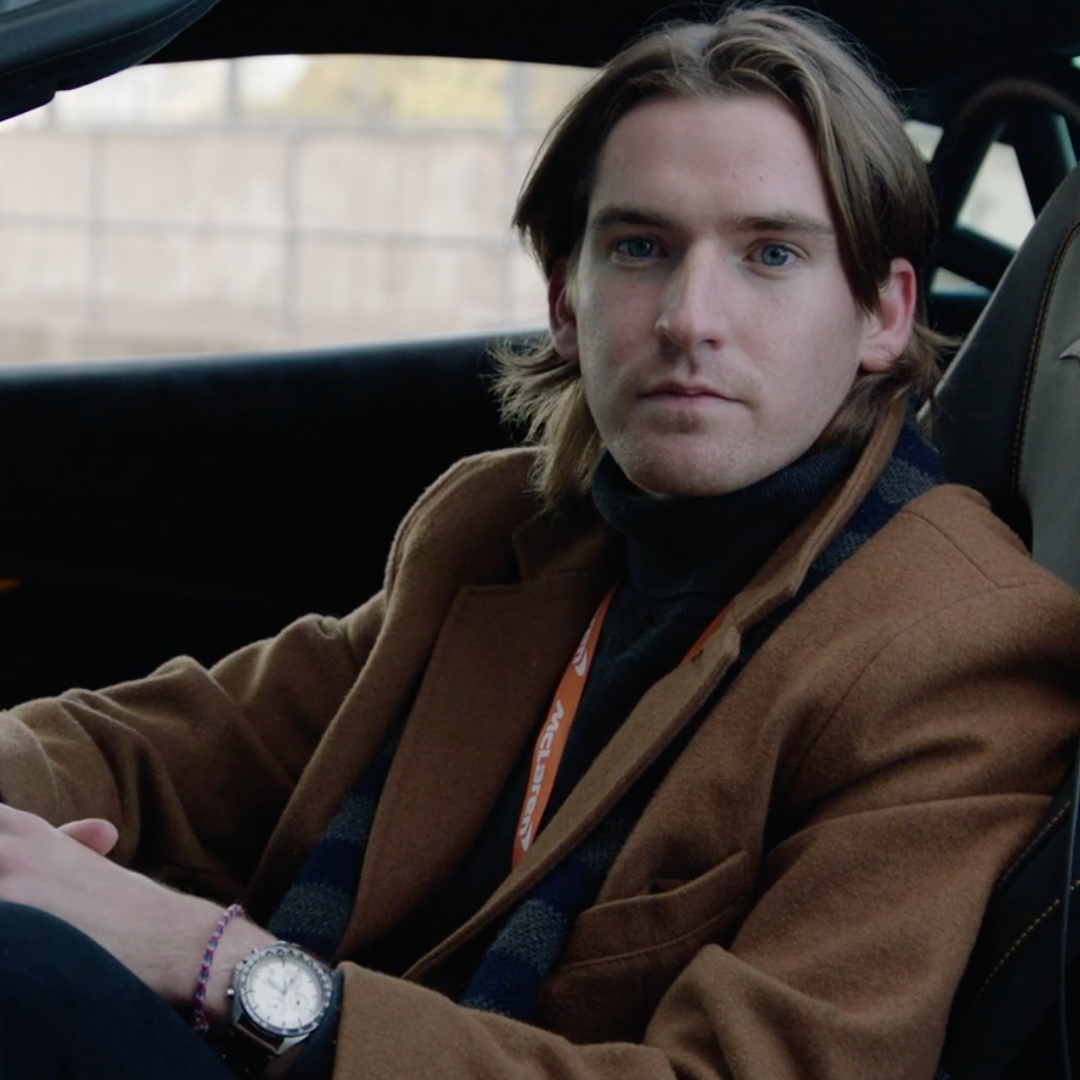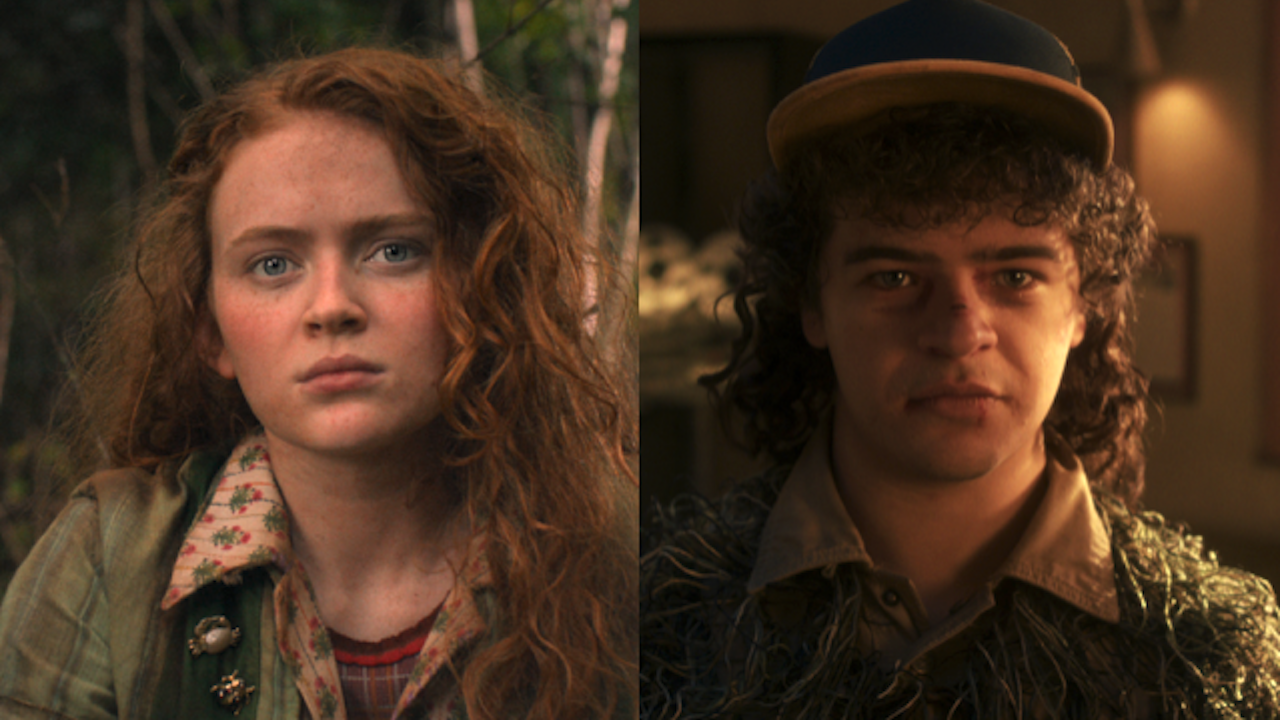H.P. Lovecraft is one of the most profound writers of the horror genre. The father of cosmic horror was known for using themes of the unknown, madness, and hopelessness in his literature. Originally published in 1927, The Color Out of Space is considered one of the author's finest works, following the strange happenings in the fictional town of Arkham, Massachusetts after a mysterious meteorite crash lands on the Gardner family farm in the 1880’s.
Director Richard Stanley’s latest adaptation, Color Out of Space, takes the classic story and presents it in a modern setting, and though the film features fantastic visuals, it's held back from being a faithful Lovecratian adaption by exaggerated performances, campy comedy and unnecessary plot threads.
Nathan Garder (Nic Cage) is the patriarch of a family living just outside of Arkham. He and his wife Theresa (Joely Richardson) lead an ordinary farm life with their kids, Benny (Brendan Meyer), Lavinia (Madeleine Arthur) and Jack (Julian Hilliard).
The film begins as a picture-esque look at farm life in the countryside, but as the family is introduced, the wholesome facade is washed away to reveal fractures. Nathan is struggling with the memory of his abusive father; Benny is a slacker and stoner who often forgets his chores; Lavinia is obsessed with the occult and is seen performing full on seances; and Theresa is mentally recovering from a recent surgery that left her scarred. The only baggage free member of the Gardner family is the youngest, Jack.
Just as you get a grasp of who these characters are, a meteorite crashlands into the front yard of the farm. What starts as a curiosity quickly drives the family to madness with symptoms uniquely affecting each member. Nathan can’t escape the smell, Theresa is forgetful, Benny loses all sense of time, and Lavinia struggles with physical sickness. Over time the effects of the meteor intensify, and it permeates the local fauna and foliage with a beautiful, alien color. The Color Out of Space is more than just a color, though – it moves, grows and disrupts the very laws of nature that we are so comfortable with, all while retaining an unknown beauty.
Color Out of Space takes the impossible and makes it gorgeous.
The most mysterious aspect of Lovecraft's The Color Out of Space is admittedly difficult to put onto screen. It’s actually described as indescribable in the original story; a color so bizarre to the human eye it cannot be explained. So how do you put something literally indescribable into film? Well, Richard Stanley has taken the extraterrestrial aspects of the color and brought them to life in a unique but beautiful manner. The color is alive. It pulsates, glistens and distorts everything it comes into contact with. It’s similar to the shimmer from Alex Garland's Annihilation, which is also heavily inspired by Lovecraft’s short story.
There’s more than just the color that dazzles the eyes in Color Out of Space. There are beautiful, sweeping landscape shots of deep woods that explore earth's natural beauty as it’s twisted by the jarring color out of space. The film is also pieced together beautifully. Editor Brett Bachman, who also worked on the Nicolas Cage-starring Mandy, did a wonderful job.
Your Daily Blend of Entertainment News
Nicolas Cage's gonzo performance and unnecessary plot points detract from the simple, alien horror.
Although the color is done well, the performances of a few cast members, namely Nic Cage, are so bizarre that they distract from the crisp visuals.
If you go see this movie, you probably know that Nic Cage is the lead, and with Nic Cage being the lead comes certain expectations. The man is known for his outlandish performances that you either love or hate. I’m just as big of a fan of Mr. Cage’s work as anyone else, but he kind of lost me here. His character, Nathan, places heavy emphasis on family throughout the film, due to the abuse he suffered by his intellectual father. Why does this matter in relation to his performance? Well as the effects of the color start to take hold of the family, Nathan starts to imitate his father's mannerisms including his accent. Sounds menacing right? Well, it’s not. It’s a melodramatic snobby Boston accent that made my toes curl. It’s not good, and seriously takes you out of the movie at times. That being said, Nic Cage delivers a few Mandy-esque scenes of madness that are truly terrifying.
Nathan’s terrible accent isn’t the only issue with the film. There are unnecessary plot points littered throughout. Nathan is obsessed with Alpacas. Why? Because it’s a nice comedic gag. There is a scene in which he actually milks an alpaca and prides himself on his technique. Yes, that is a real sentence you just read. There are a few genuine laughs produced from the obvious comedic relief, but cosmic horror is not always an ideal partner for comedy. Richard Stanley could have leaned into the mystery of the color and its malicious intent rather than a few cheesy laughs. Therein lies the biggest issue with Color Out of Space.
Color Out of Space carries baggage.
There is a lot of flexibility in the horror genre. The genre allows filmmakers to explore a number of different themes. However, that flexibility becomes less malleable when you base your works on existing stories. That’s where Color Out of Space runs into issues. It takes a story that is concise and engaging and creates something that lacks the punch of the source material. Part of this is due to the difficulty putting the incomprehensible on screen, and part of this is due to performance. But the principal problem with the movie is its unnecessary artistic liberties, from alpacas to the occult, that serves as a distraction from dread and mystery of the original story.
Color Out of Space isn’t a bad film. For nearly two hours you are treated to beautiful visual effects with some of the most grotesque body horror you'll see on the big screen these days. When the madness starts to set in, the film is at its best. If you're looking for a perfectly faithful H.P Lovecraft adaptation, you may be left wish for something smaller and more refined. Just like the Gardner family, Color Out of Space is held down by its own excess baggage: the baggage of irrelevant plot and comedy take the film further away from horrors found in the book and mutates it into something more digestible and bland, which may work for some, but not for Lovecraftian fans seeking horror rooted in the unintelligible madness of the original.
Into tracksuits by Paulie Walnuts, the Criterion Channel and Robert Eggers.


